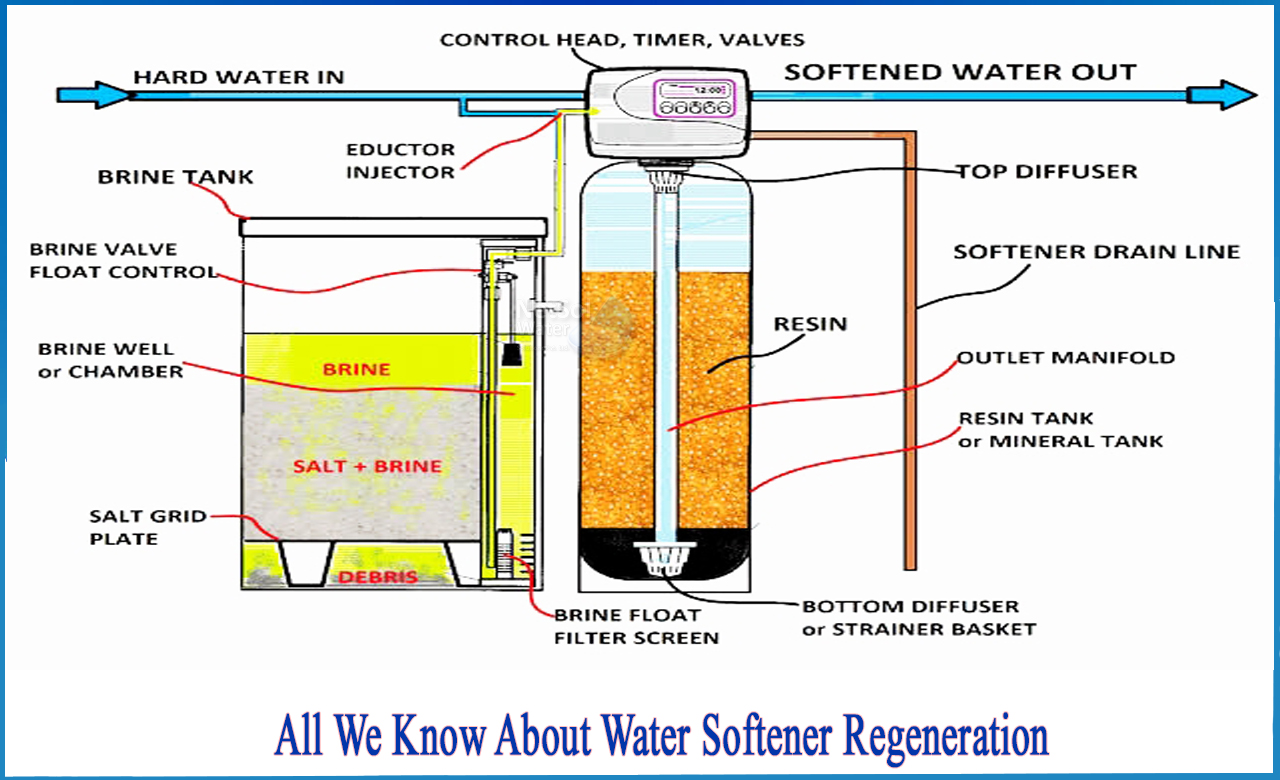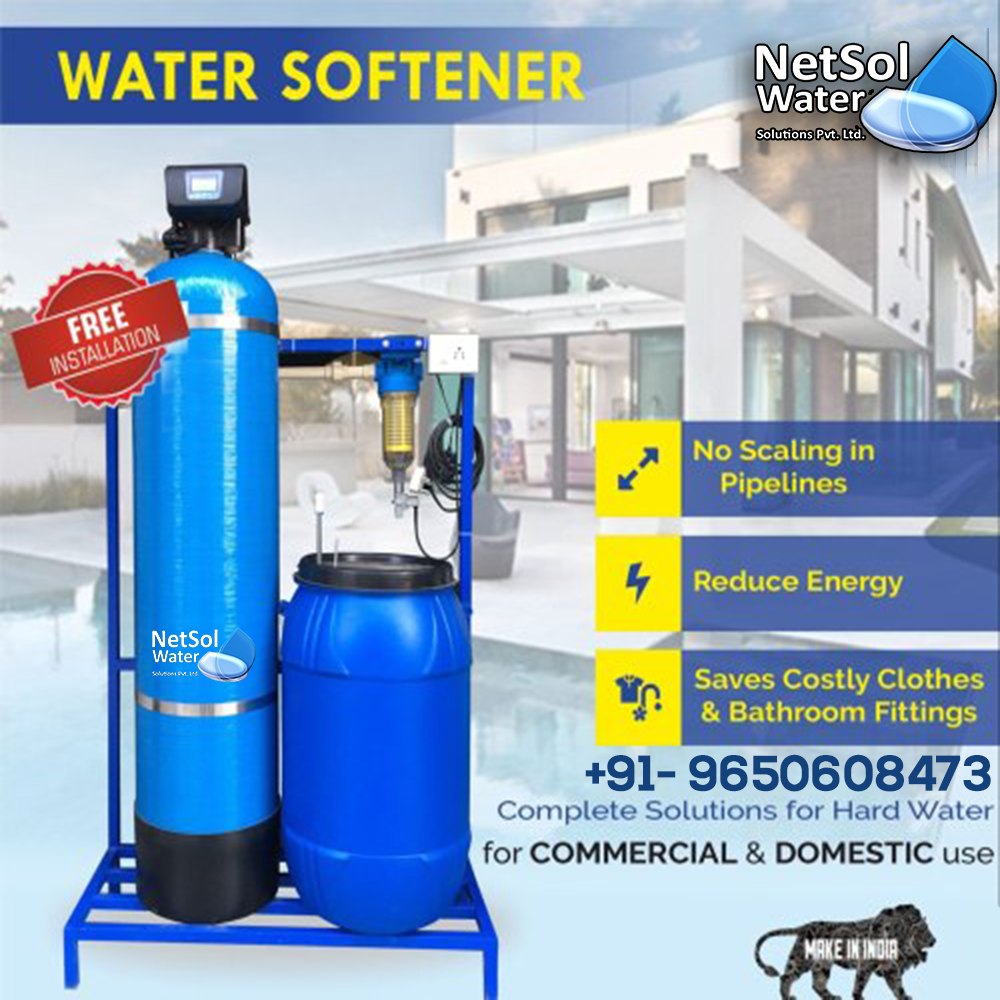WHAT IS A WATER SOFTENER?
The chemical composition of the water is altered by a water softener. A water softener uses an ion exchange process to remove minerals from water. A water softener is made up of two tanks. One contains resin beds, while the other is a brine tank. Your water softener will change the chemical composition of the water through ion exchange.
First, the incoming water from the house will enter the tank, where the resin beds will be charged with sodium ions. When water passes through the resin beds, the calcium and magnesium minerals are trapped and replaced with sodium. When your resin beds become clogged with minerals, the brine tank will produce a cleaning solution. This is referred to as regeneration.
Bags of salt are required in the brine tank to create the solution and charge the resin beds with sodium. Although the sodium content of your water is low, if you follow a low sodium diet, we recommend using potassium instead of salt.
With a water softener, the taste of the water will change, there will be more lather, and there will be no more soap scum.
What is Water Regeneration Process?
Water softener regeneration occurs when water that is already in the home's pipes is recirculated through a water softener. The regeneration process is not standard on all water softener installations, but it has numerous advantages in terms of water quality.
Cleaner dishes and utensils after washing, a more efficient water heater resulting in lower utility costs, cleaner and brighter laundry, greater efficiency from water-using appliances, and water that is healthier to bathe in and gentler on the skin are all advantages.
A properly working water softener takes water from the utility hookup source and routes it through various tanks and ion exchange processes before it reaches your home. During the regeneration process, a water loop is used to extend the flow of water back through the softener. The water loop prolongs the flow of softened water, allowing it to pass through the water softener once more. The regeneration process removes any impurities and aids in the prevention of rust and other pipe issues.
HOW MUCH WATER IS NEEDED FOR REGENERATION?
The volume of motive water required is three times the volume of concentrated brine, so the total volume of brine and motive water required for the regeneration is 3.2 litres. This determines the initial volume of water.
The second volume of water needed is to flush the spent brine (or what is now calcium chloride solution) from the resin bed.
To thoroughly rinse, two 'bed volumes' (the volume of the resin tank) are typically required. The rinse volume for the Water Softener is approximately 13.8 litres, so the total regeneration water requirement is approximately 17 litres.
Modern water softeners, such as our NETSOL WATER SOFTENER, are extremely water efficient, using less than 2% of the volume of softened water produced between regenerations.
WHAT IS THE TIME LIMIT FOR REGENERATION?
The regeneration process should be scheduled for late at night, when no water is used in your home. Most systems are set to regenerate between the hours of 2-4. The regeneration process can take anywhere from 10 to 30 minutes, depending on the length of your house piping.




